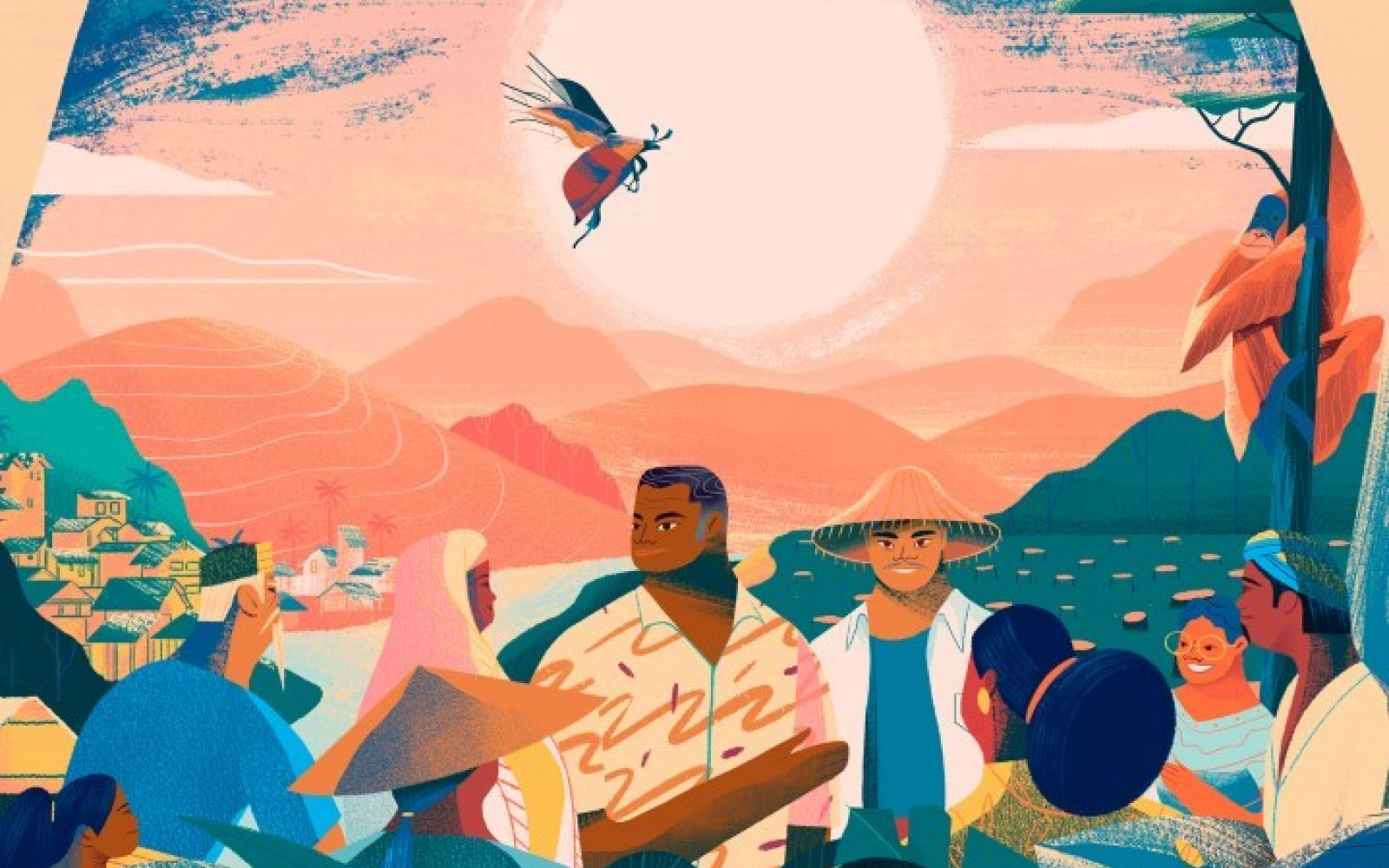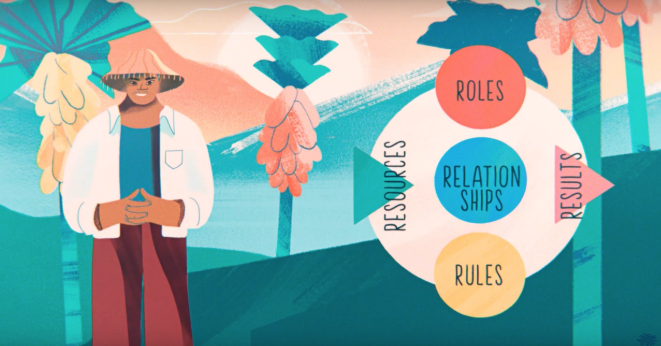An animated guide to changing systems

How do we create change that lasts? How can we find the root causes of the problems we see around us?
Most people agree that we have a responsibility to change our world for the better. But too often we overlook the difference between changing a situation and transforming a system.
That difference is a bit like the difference between saving a tree and creating a new, sustainable way of doing forestry — one that transforms communities and livelihoods in the process.
We get it — changing systems sounds intimidating. That’s why we’re excited to share an animated series, brought to you by Ashoka and Red Bull, to tell one story of “systems change” and help you find yours. For an in-depth toolkit featuring short films, worksheets, and more, check out changemakers.net.
Understanding the problem
Changing systems starts locally, by learning from and listening to the people most affected by an issue. And that’s exactly what Marco shows us in this video.
The many complex factors — whether social, economic, cultural, political, physical, or psychological — that underly a problem might not be obvious at first glance. Like Marco’s journey illustrates, we can create change that’s both radical and sustainable by transforming systems from the inside-out.
What is a “system“?
Sometimes the most challenging part of finding a solution is knowing where to look. Systems exist in various shapes and sizes — some are local, others reach across the globe— and they’re all interconnected. So how do we find the right system to target in order to create the change we want to see?
Again, it starts with listening and learning — this time to help us discover which systems are at play and find the right spot for change.
Seeking insight from the community, Marco uncovers how the local foresting industry interacts with the larger global economy. And in the process, he discovers that creating change in the local industry—by empowering families to become lumber experts— will unlock the greatest overall change.
Like Marco, you can find the right system to target for change — even if it means taking smaller steps.
Creating “systems change”
So how do systems work? This might be the hardest part, but it’s also where we starting seeing things become very concrete.
The Five R’s framework offers a helpful guide.
Roles are the key players — including businesses, customers, and communities. Roles interact with each other over time to form relationships. Rules refer to laws and regulations.
We also need resources, which are managed according to the roles, relationships, and rules, in order to achieve the end results.

Ultimately, our world’s pressing problems call for changemakers who are curious, open-minded, and ask the right questions. Shifting our mindsets enables us to act and make an impact on a systems level.
Writing a Statement of Change
Marco’s “statement of change” guided his journey — and it can guide yours, too. A statement of change helps to give clarity and purpose as you navigate different stages in your own changemaking journey.
This resource from changemaking.net will help you craft your own statement of change. As you continue studying the problem and systems you’ve identified, the statement will evolve—as long as you’re open to rethinking, retrying, and refining.
Changing systems is exciting work, full of challenges and learning. And you might find that “systems change” puts you on a journey of personal transformation, too.
For an engaging, visual learning journey, head to changemaking.net, where you’ll find carefully-designed learning modules and downloads. Happy changemaking!
Read the article on Medium